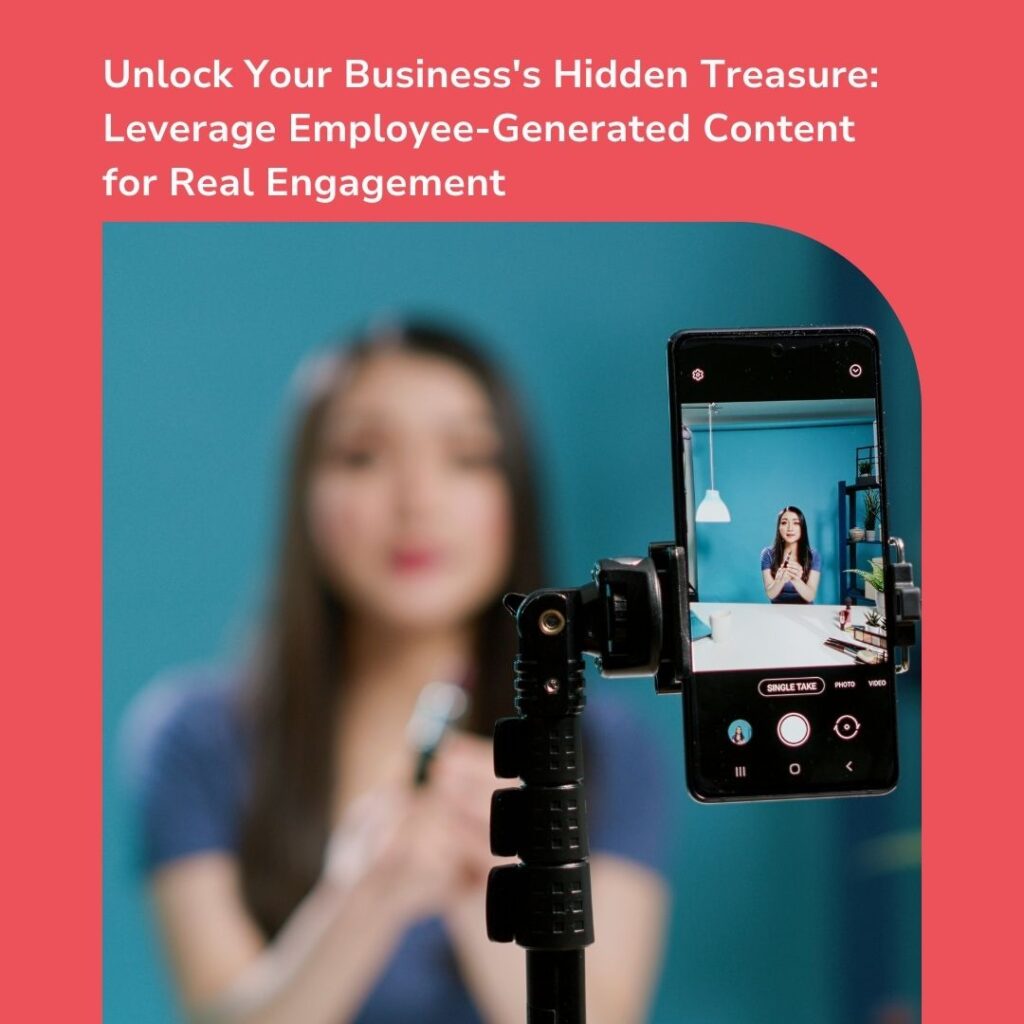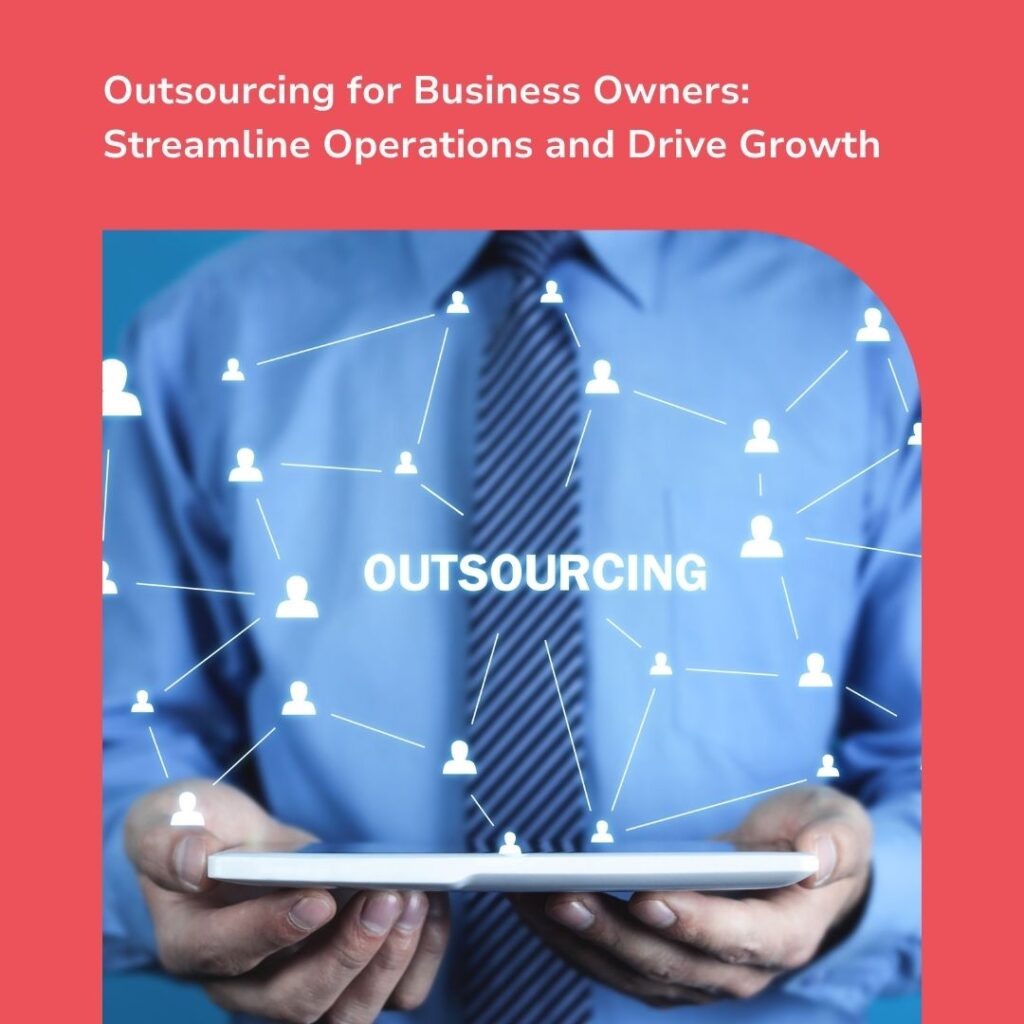[vc_row][vc_column][vc_column_text]
Tags – history of apple
Apple Inc. is the first company in history to hit the trillion dollar worth mark
But, things were not always good for the company. The rise and fall, and the rise back, of Apple has great lessons for businesses today.
The Humble Beginnings
In 1971, Steve Jobs and Steve Wozniak became friends, and Jobs convinced Wozniak to build computers.
Wozniak was a self taught electronics engineer at the time, building phones capable of long distance calling.
Later that year, Jobs secured the first order from a local shop for 50 computers. (The acquiring of credit for the order is a whole different story. But, we will come back to it later).
The two worked with a small team, delivered the computers, and made a handsome profit. So, the foundations of Apple were laid.
The History of Apple – Major Turning Points
a. The Initial Success
In 1976, Apple Computer Company was launched, incorporating to Apple Inc. in 1977. (You can check the original agreement between the Steves and Ronald Wayne here).
By 1981, Apple was already among the three largest microcomputer companies, becoming the first to generate sales of a billion dollars.
b. The Downfall
In 1985, in a managerial shakeup, Jobs departed from Apple.
In the 1990s, Apple experimented with low cost computers. This resulted in the decline of the sales of the high end brands.
To counteract, the company started shipping out added models. But instead, Apple confused the customers even further. Customers simply did not understand the differences between the models.
Then, Apple went on a spree of diversifying into other digital products, all of which failed one after the other. Digital Cameras, CD Players, speakers – even TV appliances – none of which helped the Apple cause.
During the same time, Microsoft started to gain ground by producing software for cheaper computers. But, Apple stuck to the high end expensive market to differentiate itself.
Things got so bad for the competitors of Microsoft that they formed an alliance.
Apple, IBM, and Motorola came together to form AIM, selling hardware built by IBM and Motorola, and using Software from Apple.
c. The Comeback
By 1996, Apple was truly struggling.
Every attempt to improve Mac OS was failing. Therefore, Apple decided to acquire NeXT, the software development company formed by Jobs after his departure from Apple.
In 1997, Jobs became the CEO of Apple.
In the same year, Jobs announced a partnership with Microsoft. Microsoft bought non-voting shares worth $150 Million in Apple. As part of the agreement, Microsoft supported the Microsoft Office for the MAC for 5 years, while Internet Explorer became the default browser on the MAC. (The horror).
The deal benefited both companies. Apple got some much needed cash while Microsoft improved upon its reputation of killing off competition.
Since then, Apple has made the truest comeback of all, becoming the highest valued company in history. (We all are old enough to recall the launch of iPhone and the fun afterwards).
Some Side Fun
Microsoft sold all its shares in Apple by 2003. If you want to do some Math on how much would the shares have been worth now – be my guest.
Microsoft owned 150,000 preference shares, converted to 18.1 million common shares at $8.25 a pop at the time. Since 1997, Apple has had a 2-1 share split twice, which they used only once in 2000. This means that Microsoft had 36.2 million shares at the time of selling, which could have possibly become 72.4 million if they had kept them for just 2 more years.
Then, Apple had a 7-1 split in 2014 – Microsoft would have had 506.8 million shares.
The current price of Apple shares is $204.47.
Microsoft would have held Apple shares worth 103.7 Billion Dollars today.
In fact, the share price of Apple has grown 9 folds in the last 10 years alone. A 1000 dollars invested in the company would have been worth 9,200 dollars today.
Lessons for Businesses from the History of Apple
Aside from the fun we just had – Bill Gates is still the second richest person in the world – there are serious lessons we can learn from the Apple story.
We have compiled five of them here.
1. You Don’t Need Big Money to Succeed
Steve Jobs got the first order for Apple by walking into a store and selling his services.
He fulfilled the order by putting his neck on the line and borrowing credit on an order receipt.
The team worked day and night to fulfil the order in the given time – and even made a profit.
They did not sell a part of their company. They did not look for a big cash injection from an investor to fulfil the order. In reality, they just believed in their skill and went for it.
I can go on and on about this but you get what I mean.
You don’t need a big bank balance to start a business. But, you do need to work on your craft and provide an excellent service.
2. Apple Understands its Customers
Apple is usually the butt of the joke regarding technological advancements.
To be fair, the products are quite simplistic in the grand scheme of things.
But, there is a reason.
Apple’s target audience in the 21st century is not tech savvy. In fact, most of the Apple customers are common (but well to do) people, that do not care about mass-customisation and over the top technological inclusions in the products.
(This is coming from an Android guy).
Apple simply produces what its customers wants.
In fact, one of their taglines is – Life is easier on IPhone. They don’t just aim for simplicity, they own it.
3. The Price is Right
How often do we hear that an iPhone is not worth its price?
How often are Apple users made fun of for paying 1,000s of Pounds to buy them?
In simple terms – all the time.
But, we fail to understand the difference between value and perceived value.
An item is worth anything that the customer is willing to pay. You and I are not the deciders of how people spend their money. If the new iPhone is worth a 1,000 pounds, it is because people are getting in line to pay that much for them. As simple as that.
From the debacle of trying to sell cheaper products, Apple has never repeated the mistake and hopefully never will. Businesses need to understand their market and potential customers before taking any major steps.
But, why are people spending so much on an Apple device?
4. Apple is a Brand
When John Sculley became the Apple CEO in 1983, he increased the marketing budget from $15 Million to $100 Million. (One of the few things he did right).
He even said that Apple is not a technology company – Apple is a marketing company.
Later, when Steve Jobs introduced the iMac, Apple spent $100 Million on this product alone in terms of advertising.
Without this level of advertising, Marc Gobe, the author of “Emotional Branding – The New Paradigm of Connecting Brands to People”, believes that Apple would have been dead at the turn of this century. He breaks the Apple brand down to three ingredients – a humanistic corporate culture – recognisable products – and a heartful connection strengthened through trust.
Apple spent time, money, and effort into creating a sense of belonging with the people. And they have succeeded in doing so.
Building a brand is what takes businesses far.
5. The Associated Prestige
Let’s pull another comment about Apple – another comment that declares Apple as not a technology company.
Robert Frank stated – Apple is a luxury brand, not a tech company.
He is not wrong. People treat Apple as an accessory; an ornament; and cherish it. But, let’s give you further evidence.
Do you know who is the senior vice president of retail at Apple?
The ex CEO of Burberry – Angela Ahrendts. So, what is the ex CEO of a company that sells bags worth millions doing at Apple – selling the prestige of owning Apple products. I have even more evidence.
What is the favourite company of people that make over $200,000 a year?
You guessed it right – Apple. Next in line are brands such as BMW, Porsche, and Ralph Lauren, all coming with a level of prestige beyond the product itself.
So, Customers are not just buying Apple products, they want the prestige that comes with it.
Is this the aftermath of building a brand? Yes.
Does the 1,000s of pounds price tag make sense now? Yes.
Do you think people buy products because they need them? Not necessarily.
Most of the businesses today are based on selling an emotion – a feeling. If you think that your product is something people cannot live without, you are on the wrong track. I would argue that even the things we buy for living, e.g. a house or food, can be downgraded to a basic necessity. But, people jump above their weight and spend more on them.
Why do they do this? For prestige.
Think of the word “prestige” when you are building your business.
Concluding Remarks – The History of Apple
The history of Apple is a tale of ups and downs.
To be fair, Apple got a few second chances. Most of us should not expect to get this lucky.
If Microsoft had continued to kill its competition, there would be no Apple today.
On the path of over-diversification, Apple would not have existed today.
If Steve Jobs had not returned to Apple, the company may not have existed.
There are many ifs in the history of Apple – but the company learnt from its mistakes – the sign of smartness.
But, do you know what is even more smart? Learning from the mistakes of others. I could have simply said learning from others – but knowing what not to do is sometimes more important. In the case of running a business, I would say this is the exact case.
So, What Now
If you like this article on the history of Apple, you will love the way we work.
We build brands based on the combination of Business Strategy and Applied Psychology – we call it Digital Psychology. Axies Digital connects you with your ideal customers.
Please get in touch using one of the methods below. We look forward to working with you.[/vc_column_text][/vc_column][/vc_row]









